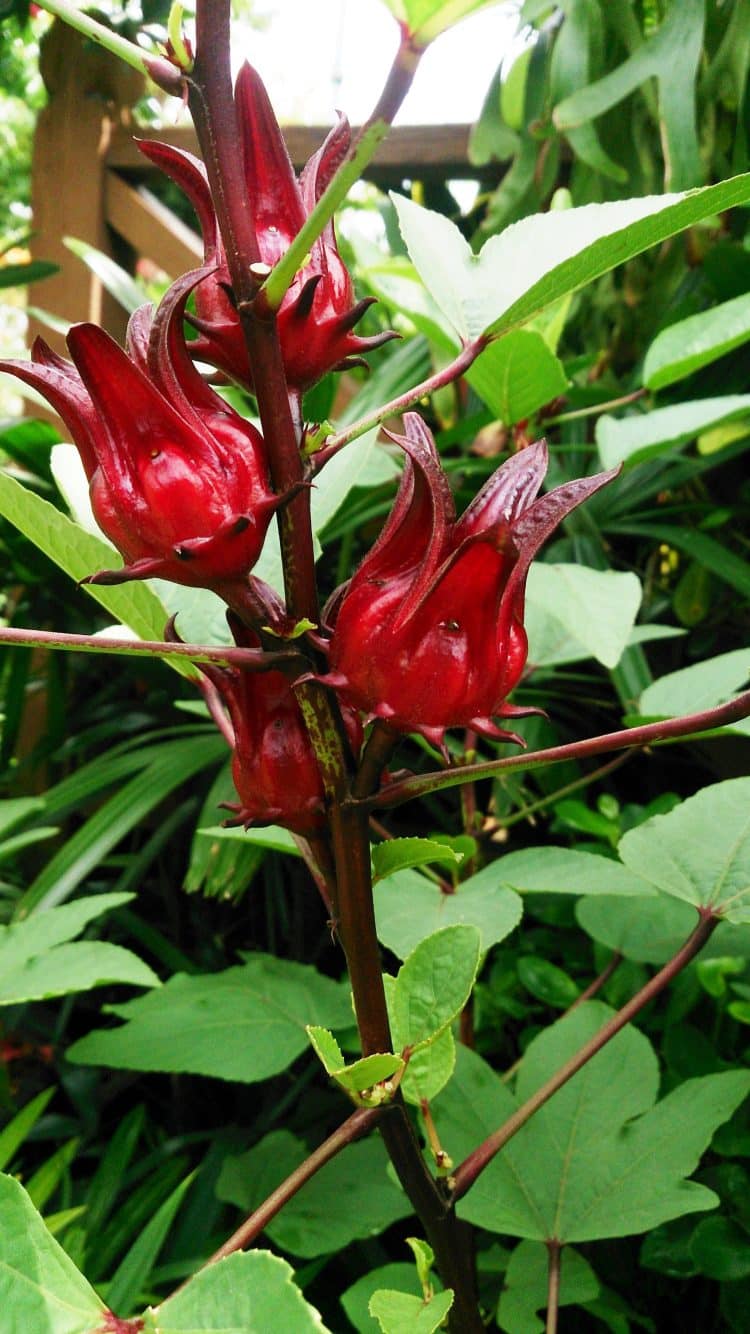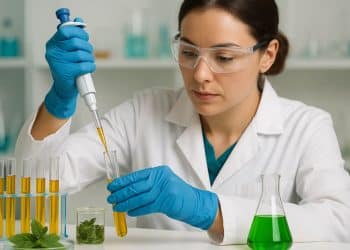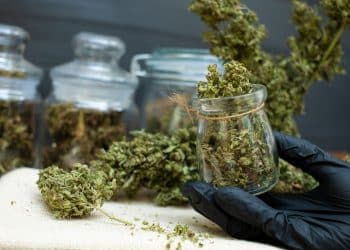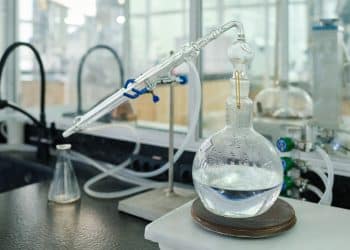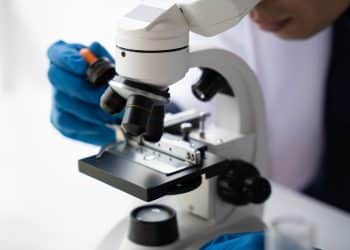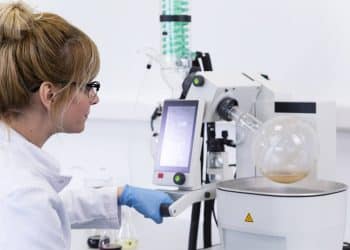Choosing an extraction method is just as important as the compound to be extracted. Cost, environmental impact, and efficiency are three factors that play heavily into deciding which method should be used. Supercritical carbon dioxide (CO2) extraction excels in all three.
To test the efficacy of supercritical CO2 extraction, a team of Spanish researchers used this method on the plant Hibiscus sabdariffa, aka roselle. [1] Thanks to the numerous phytochemicals it contains, roselle has long been used as a medicinal plant to treat a host of ailments, including hypertension, digestion problems, and obesity to name a few. [2]
Dried calyces of roselle samples were homogenized and stored at -20º C to prevent degradation. [1] Supercritical CO2 extraction occurred in a supercritical fluid extractor with pumps for the CO2 and co-solvent ethanol. The researchers conducted 16 experiments, varying the processing temperature (40-64º C), the pressure (150-391 bar), and the co-solvent (7-16.7%). Extraction time for the samples was 90 minutes, and flow rate was set to 25 g/min.
The resulting liquids were then evaporated, leaving the extracts ready for analysis, which was done through the use of high performance liquid chromatography (HPLC) coupled with time-of-flight mass spectrometry. In all, the extraction process yielded 21 phytochemical-containing compounds, which the researchers divided into four categories: organic acids, phenolic acids, flavonoids, and other polar compounds.
Compared with microwave-assisted extraction and conventional extraction (noted from other studies, namely [3] and [4]), the researchers found that supercritical CO2 yielded more non-polar compounds, such as hibiscus acid, from the plant.
The highest phytochemical content was extracted at 50 ºC, 250 bar, and maximum ethanol (16.7%). However, optimal conditions varied depending on the specific target chemical. For example, the researchers determined the ideal conditions for organic acids as 47 ºC, 81 bar, and 15.9% co-solvent. Phenolic compounds could be optimized at 64 ºC, 391 bar, and 16.7% ethanol.
Although other solvents can be used, such as water or acetone, research has shown that ethanol and methanol yield superior results. [4] The researchers noted that the higher concentration of ethanol was the main variable determining the amount of phytochemicals extracted. Higher temperatures and pressure also increased phenolic compound yield. However, higher temperatures can also lead to a degradation of certain components; in this case, temperatures higher than 47º C resulted in fewer organic acids. [1]
Image Source: Mokkie, Wikimedia Commons, CC BY-SA 3.0
References:
1- Pimentel-Moral S, et al. Supercritical CO2 extraction of bio-active compounds from Hibiscus sabdariffa. The Journal of Supercritical Fluids. 2018;147:213-221. https://doi.org/10.1016/j.supflu.2018.11.005. [Impact Factor: 3.744; Times Cited: 26 (Semantic Scholar)]
2- Riaz G, Chopra R. A review on phytochemistry and therapeutic uses of Hibiscus sabdariffa L. Biomedicine & Pharmacotherapy. 2018;102:575–586.doi:10.1016/j.biopha.2018.03.023. [Impact Factor: 4.545; Times Cited: 83 (Semantic Scholar)]
3- Pimentel-Moral S, et al. Microwave-assisted extraction for Hibiscus sabdariffa bioactive compounds. J Pharm Biomed Anal. 2018;156:313-322. [Impact Factor: 3.209; Times Cited: 51 (Semantic Scholar)]
4- Anokwuru CP, et al. Polyphenolic content and antioxidant activity of Hibiscus sabdariffa calyx. Res J Med Plant. 2011;5(5):557–566. [Impact Factor: n/a; Times Cited: 87 (Semantic Scholar)]
